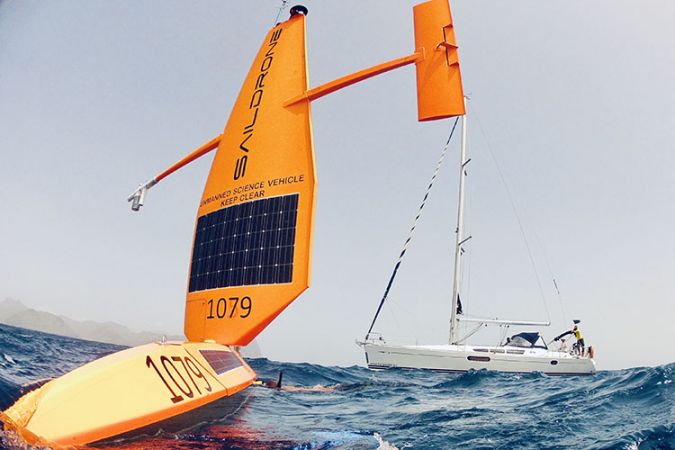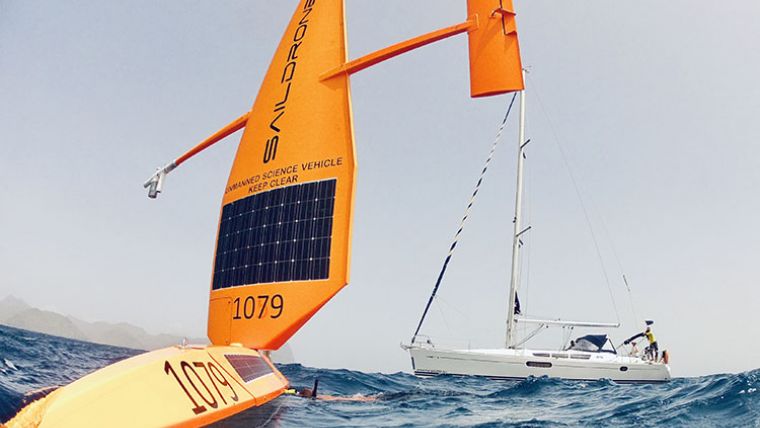USV Spends One Year at Sea for Advanced Ocean Data Collection
The Saildrone (SD) 1079 uncrewed vehicle has just completed a first-of-its-kind mission to remote areas of the equatorial tropical Atlantic. Sailing 11,910 nautical miles (22,057km) and spending 370 days at sea, the SD 1079 mission – part of EuroSea – was to collect CO2 data to improve global carbon projections and help enable sustainable ocean resource management.
Saildrone’s SD 1079 voyage set a new Saildrone record for autonomous, uncrewed endurance, beating the previous record holder, SD 1020, by 31 nautical miles. SD 1020 circumnavigated Antarctica in 2019, covering 11,879 nautical miles during that voyage.
Crucial Measurements in Remote Parts
The mission was conducted in a very biologically productive and nutrient-rich area of the ocean, but an incredibly difficult area for navigation, with extremely strong currents and light winds. “This has been a phenomenal mission,” said Richard Jenkins, Saildrone founder and CEO. “Not just due to the range and endurance of SD 1079, but also the ability to take these crucial measurements in very remote parts of our oceans, areas that are very hard to reach with traditional technologies such as research ships.”
The EuroSea project, coordinated by GEOMAR Helmholtz Centre for Ocean Research Kiel, is a multi-national effort to enhance the European ocean observing and forecasting system. Two of EuroSea’s primary goals are to: 1) deliver ocean observations and forecasts that will advance scientific knowledge about ocean climate and marine ecosystems and their vulnerability to human impacts; and 2) demonstrate how the ocean is an essential part of an economically viable and healthy society – not only today but for decades to come.
Hall of Fame
SD 1079 now enters the ‘Saildrone Hall of Fame’, which includes the USVs that have completed the most audacious feats. In 2013, an early-generation prototype of the Saildrone Explorer completed the first wind-powered uncrewed crossing from San Francisco to Hawaii. In 2019, just days after SD 1020 completed the first autonomous circumnavigation of the Southern Ocean, SD 1021 set a speed record for an uncrewed vehicle across the Atlantic Ocean, completing the 3,402-nautical mile (6,301.59km) passage in just 68 days. Two months later, it returned to Rhode Island to become the first uncrewed vehicle to sail across the Atlantic in both directions. And in 2021, SD 1045 became the first uncrewed vehicle to sail through a category 4 hurricane, collecting high-resolution video and critical data from inside the storm.















